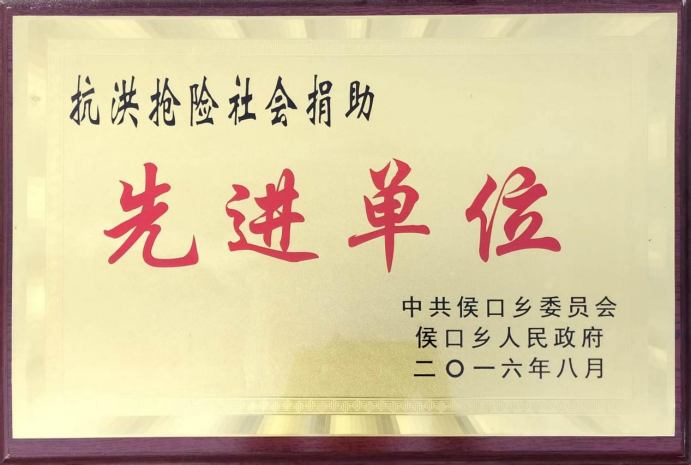Build Your Own Power Steering Hose | Custom Power Steering Solutions
How to Build Your Own Power Steering Hose A Step-by-Step Guide
Power steering systems play a crucial role in modern vehicles, providing drivers with the ease needed to maneuver their cars. One essential component of this system is the power steering hose, which facilitates the flow of hydraulic fluid. Over time, hoses can wear out, leak, or become damaged, leading to poor steering performance. Instead of purchasing an expensive replacement from the dealership, consider building your own power steering hose. Here's a step-by-step guide to help you through the process.
Step 1 Gather Your Materials
Before you start assembling your power steering hose, you need to collect the necessary materials. Here’s a list of what you’ll need
1. Hydraulic Hose Choose a high-quality hydraulic hose that can withstand high pressure. The diameter should match your vehicle’s specifications. 2. Fittings Obtain the correct fittings that suit both your hydraulic hose and the power steering pump ports. 3. Hose Clamps These will ensure a secure connection between the hose and the fittings. 4. Cutting Tool A sharp hose cutter or saw is essential for cutting the hydraulic hose cleanly. 5. Deburring Tool This tool will smooth out any rough edges after cutting, preventing potential leaks. 6. Wrenches You’ll need these to tighten the fittings securely.
Step 2 Measure and Cut the Hose
Proper measurement is critical. Start by measuring the distance between the power steering pump and the steering gear. Add a few extra inches to ensure you have enough length for installation. Once you’ve determined the length, use a cutting tool to cut the hydraulic hose to size. Make sure to cut the hose straight for a proper fit.
Step 3 Prepare the Fittings
Next, you'll need to prepare the fittings. Insert the fitting into one end of the hose, ensuring it fits snugly. If the fitting has a crimping collar, use a crimping tool to secure it in place. Repeat this process for the other end of the hose. It's critical to ensure that the fittings are compatible with both the hydraulic hose and the vehicle’s power steering system.
build your own power steering hose

Step 4 Deburr the Edges
After cutting the hose and adding the fittings, use a deburring tool to smooth any rough edges. This step is vital as it prevents damage to the fittings and reduces the risk of leaks when the hose is under pressure.
Step 5 Install the Hose
With the hose prepared, it's time for installation. Start by locating the power steering pump and steering gear. Remove the old or damaged hose by loosening the hose clamps with your wrench. Then, attach your new hose to the same locations. Ensure that all connections are secure by tightening the hose clamps adequately.
Step 6 Test the System
Once the hose is installed, it’s crucial to test the power steering system. Start the engine and check for leaks. Turn the steering wheel left and right to ensure that fluid flows smoothly through the system. If everything runs correctly without any leaks, you have successfully built and installed your own power steering hose.
Conclusion
Building your own power steering hose may seem daunting, but with the right materials and careful attention to detail, it can be a rewarding DIY project. Not only will you save money, but you’ll also gain valuable skills in automotive maintenance. Always remember to prioritize safety and consult your vehicle’s manual for specific information related to your car model.
-
Ultimate Spiral Protection for Hoses & CablesNewsJun.26,2025
-
The Ultimate Quick-Connect Solutions for Every NeedNewsJun.26,2025
-
SAE J1401 Brake Hose: Reliable Choice for Safe BrakingNewsJun.26,2025
-
Reliable J2064 A/C Hoses for Real-World Cooling NeedsNewsJun.26,2025
-
Heavy-Duty Sewer Jetting Hoses Built to LastNewsJun.26,2025
-
Fix Power Steering Tube Leaks Fast – Durable & Affordable SolutionNewsJun.26,2025

